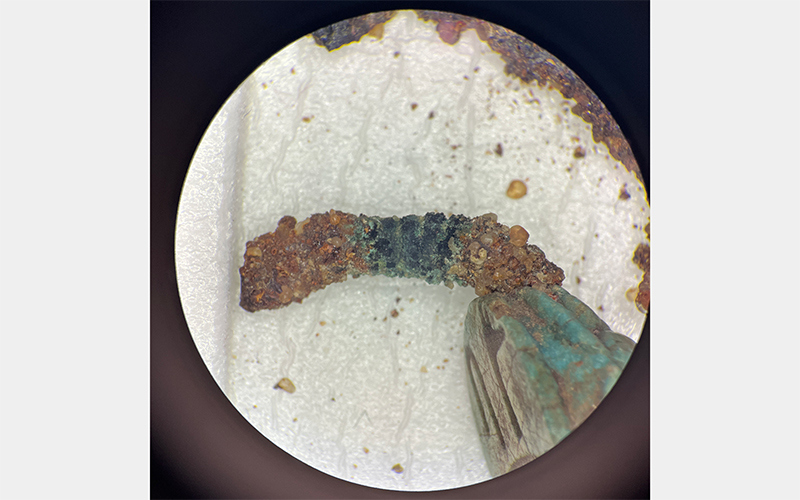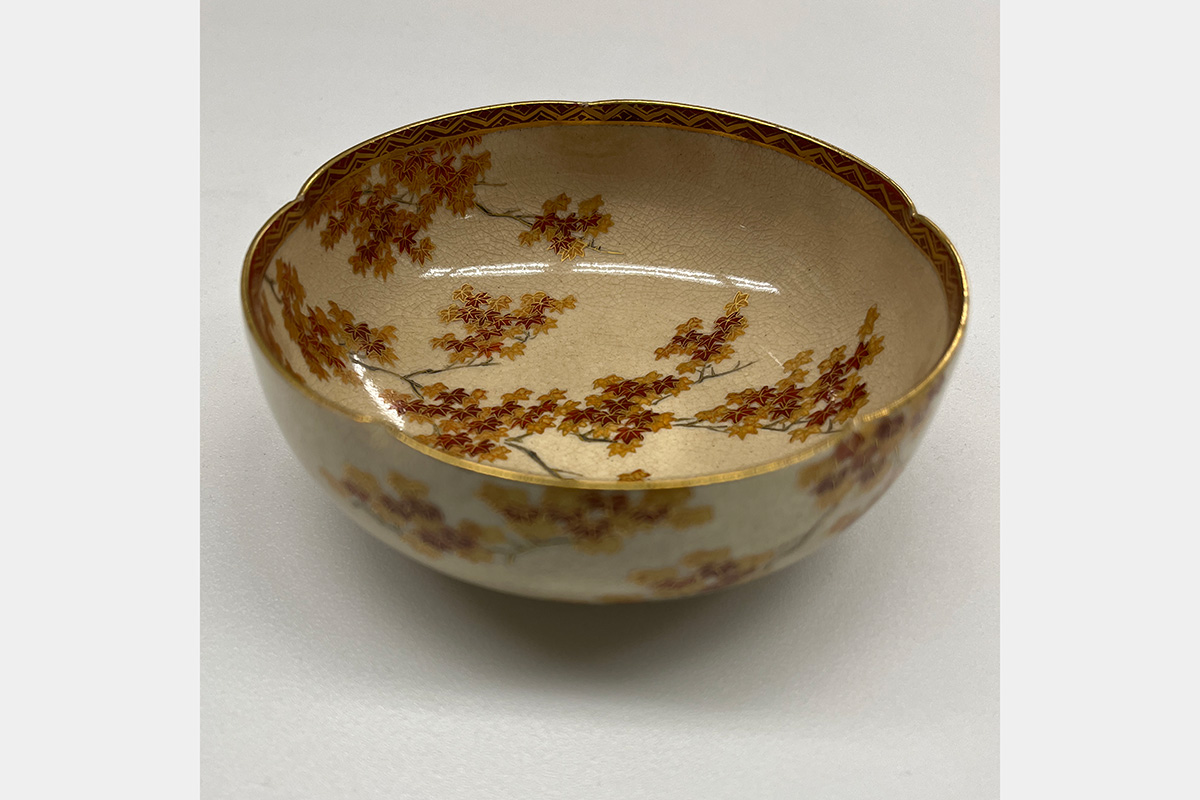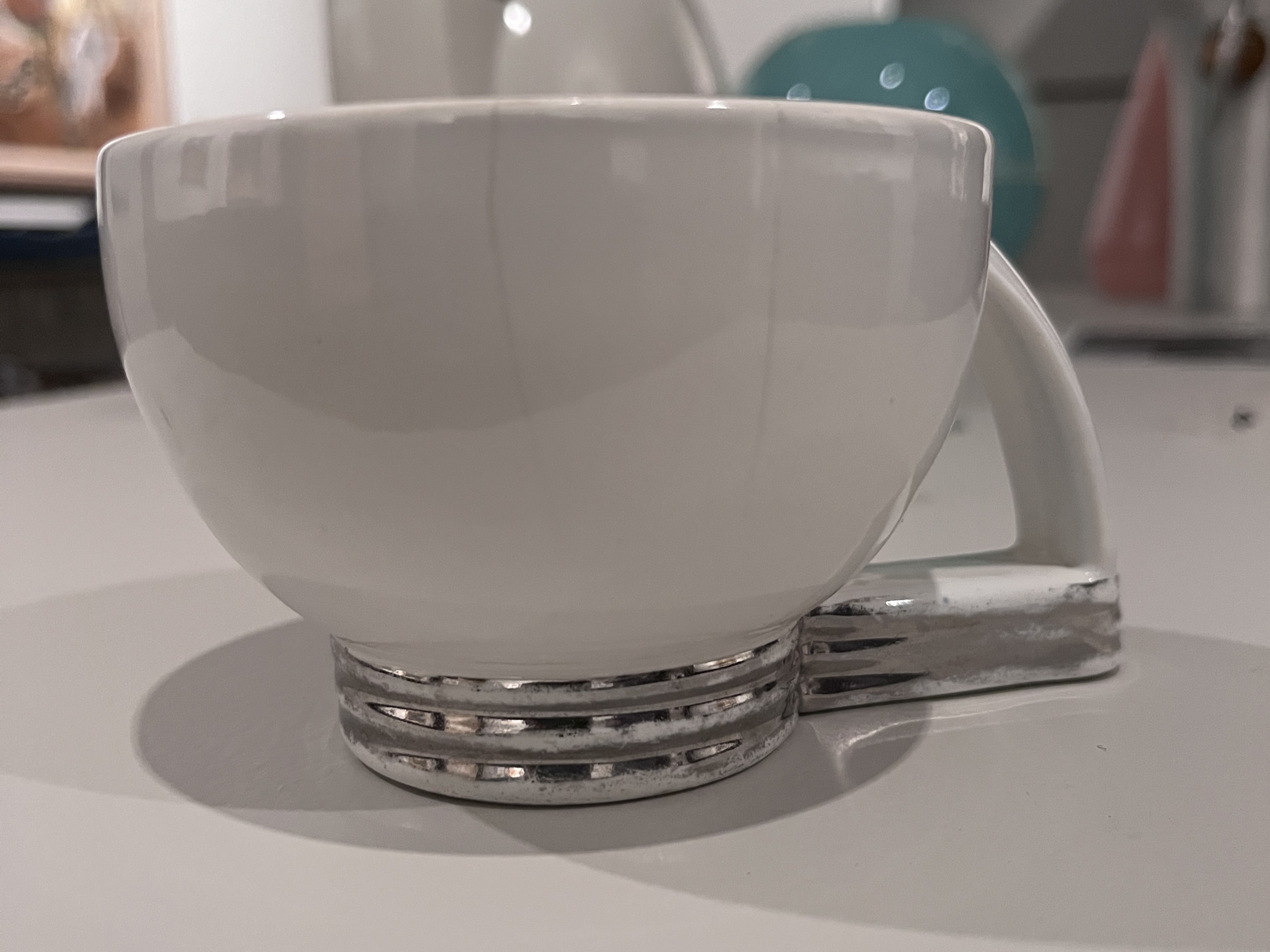- Events & Programs Home
- Calendar
- Accessibility
- Adults
-
Families & Teens
- Families & Teens Home
- 10x10 Teen Art Expo
- Art on the Rise
- Art Together: Art Making for Families with Children Ages 3–5
- Babies Sing with May Festival Minis
- Boy Scouts / Girl Scouts
- CAM Kids Day
- Family Storytime and Gallery Walk
- Family Studio: Art Making for Families with Children Ages 6–12
- Games in the Galleries
- Members-Only Baby Tours
- Public Baby Tours
- REC Reads
- Rosenthal Education Center (REC)
- Saturday Morning Art Class
- See Play Learn Kits
- Summer Camp
- Teen Fest: Zine and Comic Exchange
- RECreate
- Teachers
- Community Outreach
- Fundraisers
- Plan Your Own Event

- Events & Programs Home
- Calendar
- Accessibility
- Adults
-
Families & Teens
- Families & Teens Home
- 10x10 Teen Art Expo
- Art on the Rise
- Art Together: Art Making for Families with Children Ages 3–5
- Babies Sing with May Festival Minis
- Boy Scouts / Girl Scouts
- CAM Kids Day
- Family Storytime and Gallery Walk
- Family Studio: Art Making for Families with Children Ages 6–12
- Games in the Galleries
- Members-Only Baby Tours
- Public Baby Tours
- REC Reads
- Rosenthal Education Center (REC)
- Saturday Morning Art Class
- See Play Learn Kits
- Summer Camp
- Teen Fest: Zine and Comic Exchange
- RECreate
- Teachers
- Community Outreach
- Fundraisers
- Plan Your Own Event
Blog: CAM Uncovered
Blog: CAM Uncovered
- Home
- Plan Your Visit
- Art
-
Events & Programs
- Events & Programs Home
- Calendar
- Accessibility
- Adults
-
Families & Teens
- Families & Teens Home
- 10x10 Teen Art Expo
- Art on the Rise
- Art Together: Art Making for Families with Children Ages 3–5
- Babies Sing with May Festival Minis
- Boy Scouts / Girl Scouts
- CAM Kids Day
- Family Storytime and Gallery Walk
- Family Studio: Art Making for Families with Children Ages 6–12
- Games in the Galleries
- Members-Only Baby Tours
- Public Baby Tours
- REC Reads
- Rosenthal Education Center (REC)
- Saturday Morning Art Class
- See Play Learn Kits
- Summer Camp
- Teen Fest: Zine and Comic Exchange
- RECreate
- Teachers
- Community Outreach
- Fundraisers
- Plan Your Own Event
- Give & Join
- About
- Tickets
- Calendar
- Exhibitions
- Collections
- Blog
- Shop
Behind the Scenes in Conservation: Revealing the Details of an Egyptian Scarab Ring
by Kelly Rectenwald, Objects Conservator
11/9/2023
CAMConservation , objects conservation , ancient egypt , scarab ring , bronze , bronze disease
In the museum’s conservation lab, I’m working on small archaeological finds. Several small copper alloy objects, pieces of jewelry and articles of adornment, are all showing signs of bronze disease. This specific type of corrosion is normally caused by contact with salts and water in the soil of the burial environment. It presents itself as a bright blue powder that erupts from the surface of the object, often spilling out of cracks beneath more stable forms of corrosion.
Unfortunately, bronze disease will consume the metal core of an object leaving behind nothing but a pile of powder. To prevent this and preserve the objects, all the burial dirt and corrosion must be removed from the surface before the entire object is sealed with a conservation grade adhesive that prevents future deterioration. This process often reveals details of the original surface; in this microscope photo of a scarab ring, you can see a detail of a small, cleaned area of the metal wire band where burial dirt and corrosion have been removed to reveal a decorative coiling of the wire.
Once treatment is complete these objects will not only be stable, but many of their beautiful details will once again be visible.

Microscope image of an ancient scarab ring. The removal of corrosion and burial dirt in the center revealed a metal coil around the ring’s band.
Scarab Jewelry, 945– 15 BCE, Dynasty XXII, Abydos, Egypt, copper alloy wire band with faience scarab, Gift of the Egypt Exploration Society, 1912.379
Related Blog Posts


Cincinnati, OH 45202
Toll Free: 1 (877) 472-4226
Museum Hours
Museum Shop
Terrace Café
Library
Cincinnati Art Museum is supported by the tens of thousands of people who give generously to the annual ArtsWave Campaign, the region's primary source for arts funding.

Free general admission to the Cincinnati Art Museum is made possible by a gift from the Rosenthal Family Foundation. Exhibition pricing may vary. Parking at the Cincinnati Art Museum is free.
Generous support for our extended Thursday hours is provided by Art Bridges Foundation’s Access for All program.

General operating support provided by:




